Indoor plants bring a breath of life into our homes, transforming dull corners into lush, vibrant spaces. Whether you’re nurturing a fiddle leaf fig, pothos, peace lily, or monstera, one of the most satisfying sights is watching your plants unfurl new leaves. However, if your plants seem to have stalled in growth or are producing fewer leaves than usual, it’s a sign they may need a little extra care and attention.
Encouraging indoor plants to produce more leaves isn’t just about watering more often—it’s about understanding the intricate balance between light, nutrients, humidity, and other factors that influence healthy foliage growth. In this comprehensive guide, we’ll explore how to stimulate lush, leafy growth and keep your indoor jungle thriving.
1. Understand Why Plants Grow More Leaves

Plants produce new leaves as a way of expanding their surface area to capture more sunlight for photosynthesis. The process of leaf production depends on several internal and external factors, including light intensity, soil health, humidity, and nutrient availability. When these conditions are optimal, plants use their stored energy to push out fresh, healthy leaves. Conversely, when the environment is stressful—too dry, too dark, or nutrient-deficient—plants conserve energy, slowing down leaf production.
Understanding this helps you create the right growing conditions that encourage vigorous, leafy growth.
2. Provide the Right Amount of Light
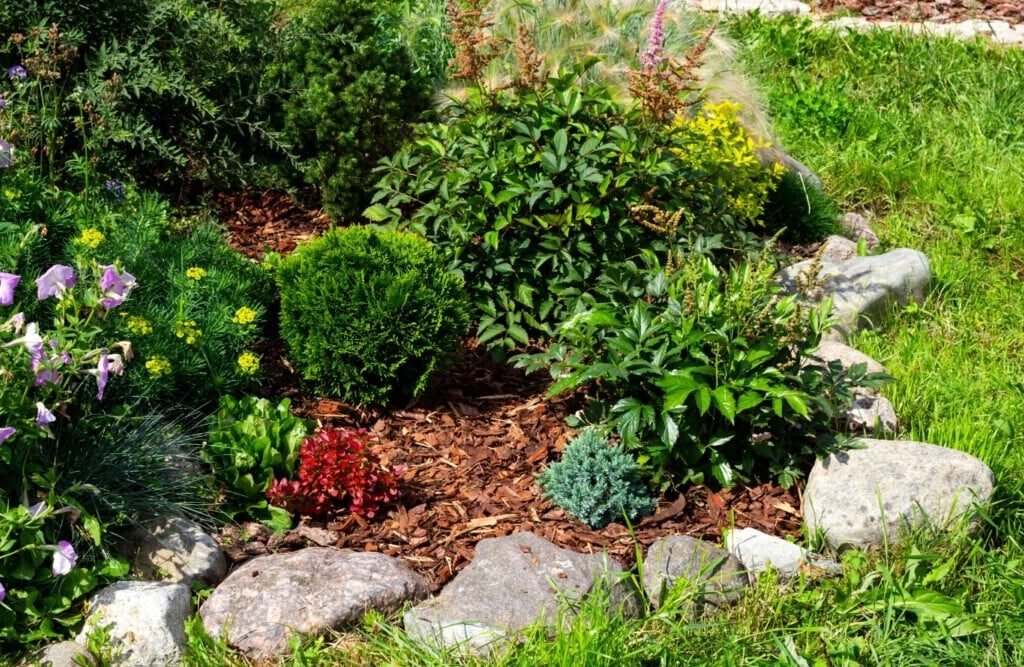
Light is the single most important factor in leaf development. Without sufficient light, plants can’t photosynthesize efficiently, leading to weak, leggy stems and sparse foliage.
Tips for Better Lighting:
- Place near windows: Position your plants close to east- or south-facing windows where they can receive bright, indirect light. Avoid direct, scorching sunlight, which can burn delicate leaves.
- Use grow lights: For darker spaces, supplement with full-spectrum LED grow lights that mimic natural sunlight. Keep them on for about 12–14 hours per day.
- Rotate your plants: Turn the pots every few weeks to ensure all sides receive equal light exposure, preventing one-sided growth.
If your plant’s leaves are pale or small, it may be craving more light. Conversely, scorched or curled leaves may signal excessive direct sunlight. Striking the right balance ensures consistent, lush growth.
3. Maintain the Ideal Watering Routine
Water is essential for nutrient transport and photosynthesis. However, too much or too little can both hinder leaf growth.
How to Get It Right:
- Check soil moisture: Stick your finger about an inch into the soil. If it feels dry, it’s time to water; if it’s still moist, wait a few more days.
- Avoid waterlogging: Overwatering suffocates roots, leading to yellowing leaves or root rot. Always use pots with proper drainage holes.
- Use room-temperature water: Cold water can shock the roots, especially for tropical indoor plants.
- Adjust with the seasons: Plants grow faster in spring and summer, requiring more frequent watering, while they need less during winter dormancy.
Healthy, hydrated roots support vigorous leaf development, so staying consistent with your watering schedule is key.
4. Feed Your Plants with the Right Nutrients
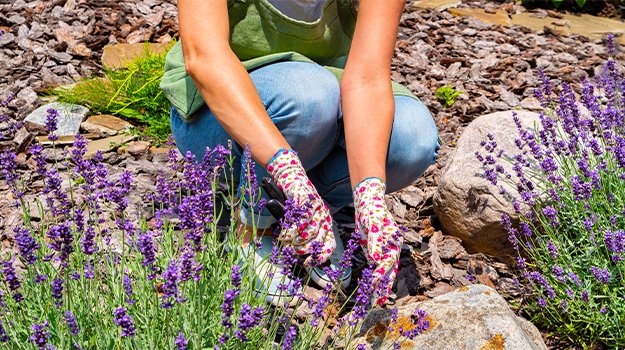
Just like humans need vitamins, plants require nutrients to produce healthy new leaves. Nitrogen, in particular, is vital for leaf growth as it promotes chlorophyll production—the pigment responsible for photosynthesis.
Fertilization Tips:
- Choose a balanced fertilizer: Use a water-soluble, balanced fertilizer (e.g., 10-10-10 or 20-20-20) every 4–6 weeks during the growing season.
- Boost nitrogen: To specifically encourage leaf growth, select a fertilizer with a higher nitrogen content (e.g., 3-1-2 ratio).
- Don’t overfeed: Over-fertilizing can cause salt build-up in the soil, which may burn the roots and stunt growth. Always follow the dosage instructions.
- Use organic alternatives: Compost tea, worm castings, or seaweed extract are gentle, long-term options that improve soil health while feeding your plants naturally.
Consistent and appropriate feeding helps your plants channel more energy into producing lush, green leaves rather than just maintaining survival.
5. Keep Humidity Levels in Check
Many popular indoor plants—especially tropical varieties like ferns, calatheas, and monsteras—thrive in humid environments. Dry indoor air, especially during winter, can slow down leaf formation and cause brown leaf edges.
How to Increase Humidity:
- Group plants together: Plants naturally release moisture through transpiration, so clustering them helps maintain a humid microclimate.
- Use a humidity tray: Place your plant pots on a tray filled with pebbles and water; as the water evaporates, it raises humidity around the plants.
- Invest in a humidifier: For larger collections or particularly delicate plants, a humidifier is the most effective way to maintain consistent humidity.
- Mist occasionally: Lightly misting leaves in the morning can give plants a temporary moisture boost.
Aim for humidity levels between 50%–70% for tropical species to ensure healthy, robust leaf growth.
6. Prune Regularly to Encourage New Growth
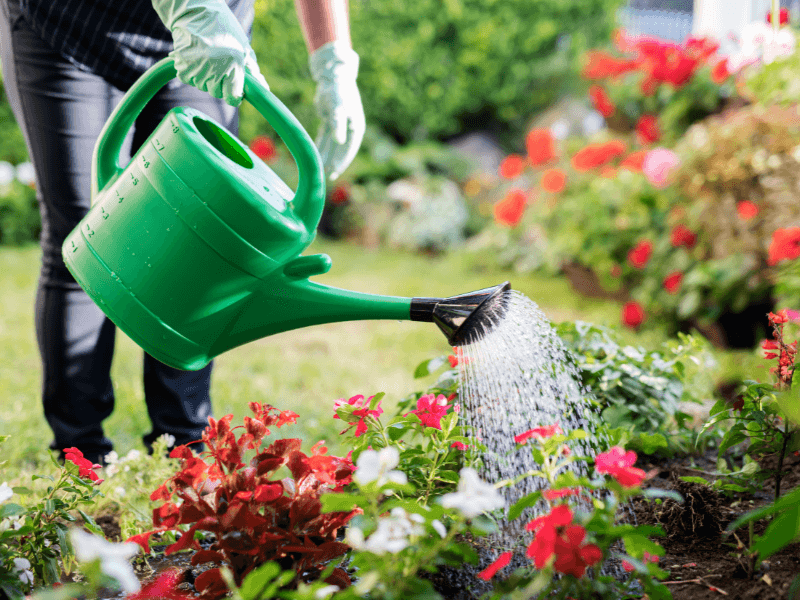
Pruning isn’t just about aesthetics—it’s a vital technique for stimulating fresh growth. Removing dead or yellowing leaves redirects the plant’s energy toward new shoots.
Effective Pruning Practices:
- Trim leggy stems: Cut just above a leaf node (where a leaf joins the stem). This encourages branching and the growth of new leaves from that point.
- Remove damaged parts: Snip away yellowed, brown, or diseased leaves to prevent energy waste.
- Pinch tips of young plants: Gently pinch the topmost leaves of young plants like basil or pothos to promote bushier growth.
Regular pruning helps maintain a compact, full shape and encourages the plant to focus on producing new foliage.
7. Repot When Necessary
If your plant has been in the same pot for years and growth seems stagnant, it might be root-bound. When roots circle tightly around the pot, they can’t absorb enough nutrients or water, limiting leaf production.
When to Repot:
- Roots are growing out of drainage holes.
- Water drains too quickly or sits on top of compacted soil.
- The plant looks top-heavy or growth has slowed noticeably.
Choose a pot one size larger and refresh the soil mix. A loose, well-draining potting medium rich in organic matter gives roots space to breathe and expand—setting the stage for fresh leaf growth.
8. Ensure Proper Air Circulation
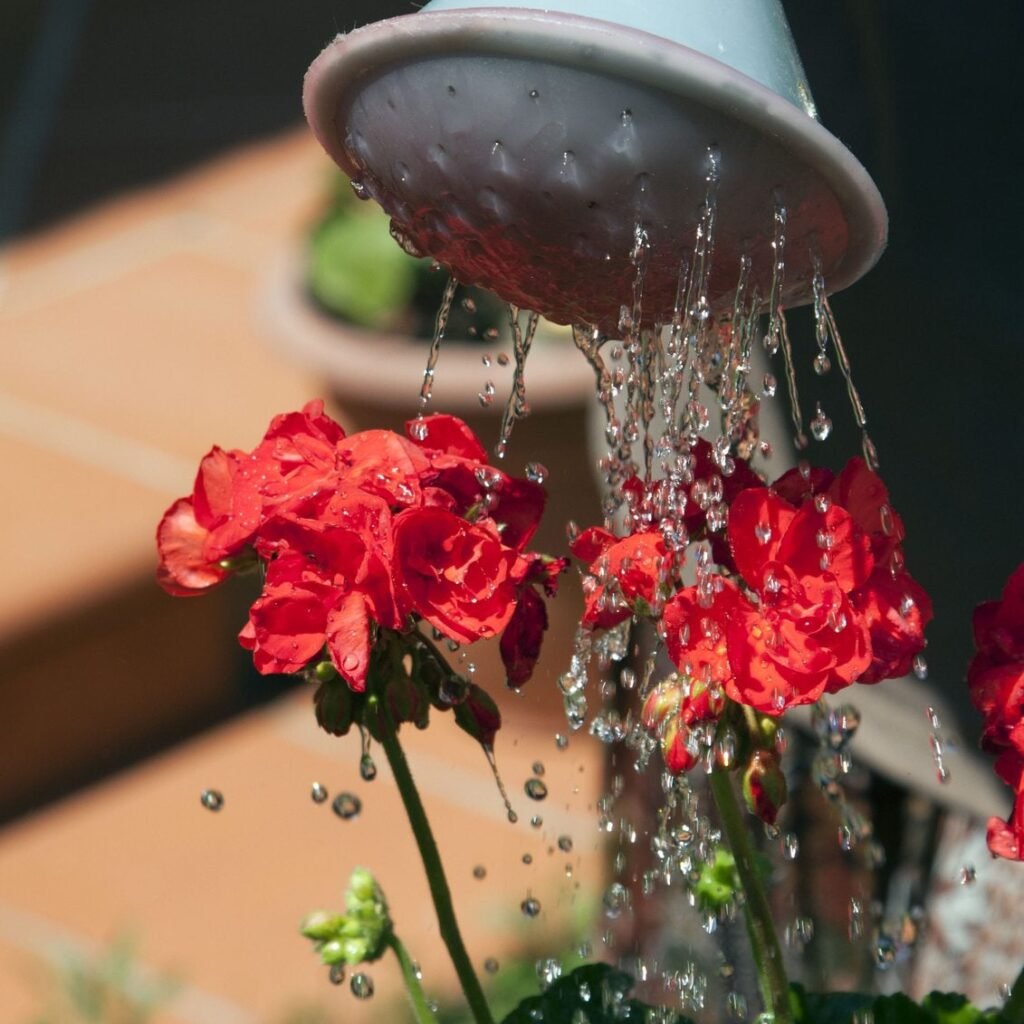
Stagnant air can lead to fungal diseases and pest infestations, both of which can hinder leaf development.
Tips for Better Airflow:
- Keep plants spaced apart so air can circulate freely between them.
- Use a small fan in stuffy rooms to keep air moving.
- Avoid placing plants directly in drafty spots or near air conditioners.
Healthy airflow ensures your plants get the oxygen they need and reduces stress that could otherwise inhibit leaf growth.
9. Watch for Pests and Diseases
Pests like spider mites, aphids, and mealybugs can sap your plant’s energy, reducing its ability to produce new leaves.
Pest Prevention & Treatment:
- Inspect leaves regularly—especially undersides—for pests.
- Wipe leaves with a mild neem oil solution or insecticidal soap to prevent infestations.
- Quarantine new plants for a couple of weeks before placing them with others.
Keeping your plants pest-free ensures they can focus on healthy, lush foliage instead of repairing damage.
10. Be Patient and Consistent
Finally, remember that leaf production takes time. Most indoor plants have natural growth cycles, with bursts of activity during spring and summer and rest periods in winter. Stay consistent with your care routine—light, water, feeding, and pruning—and your plant will reward you with healthy new leaves in its own time.
Conclusion
Encouraging indoor plants to produce more leaves is about creating a balanced environment where they can thrive naturally. Provide ample light, feed them wisely, maintain humidity, prune thoughtfully, and stay consistent with care. Each new leaf is a reflection of your patience and understanding of what your plants truly need.
When you align your care routine with your plant’s natural rhythm, you’ll soon see your indoor garden flourish with vibrant, lush greenery—a living testament to the nurturing environment you’ve created.
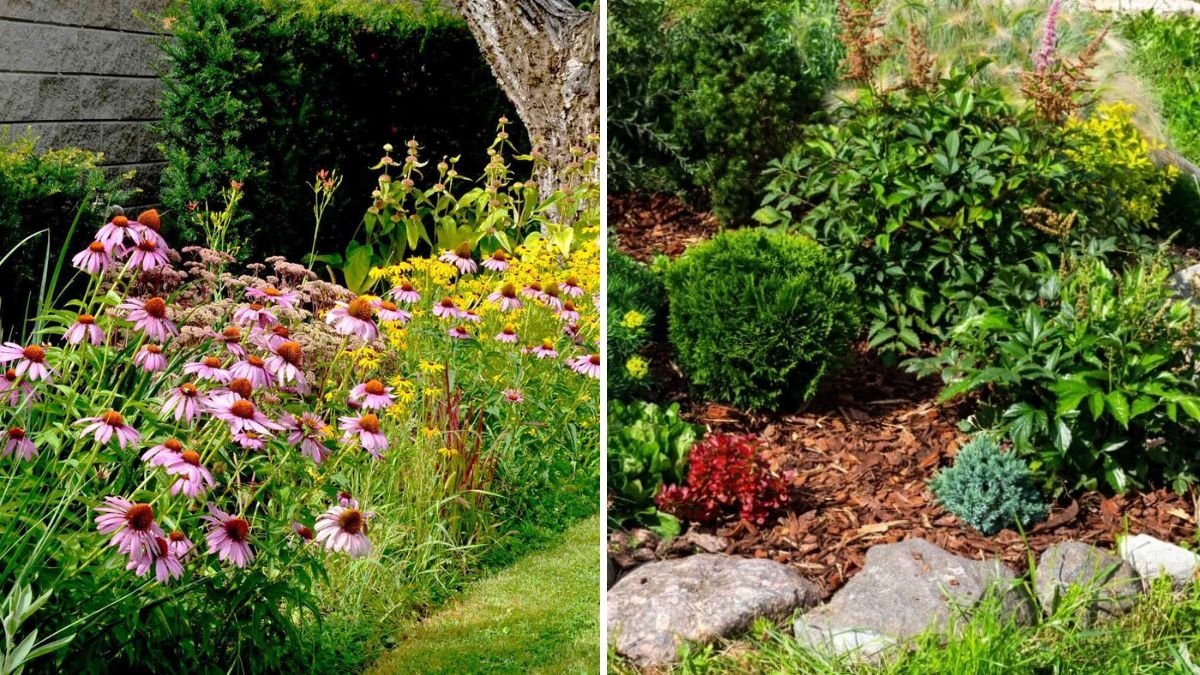




Leave A Comment